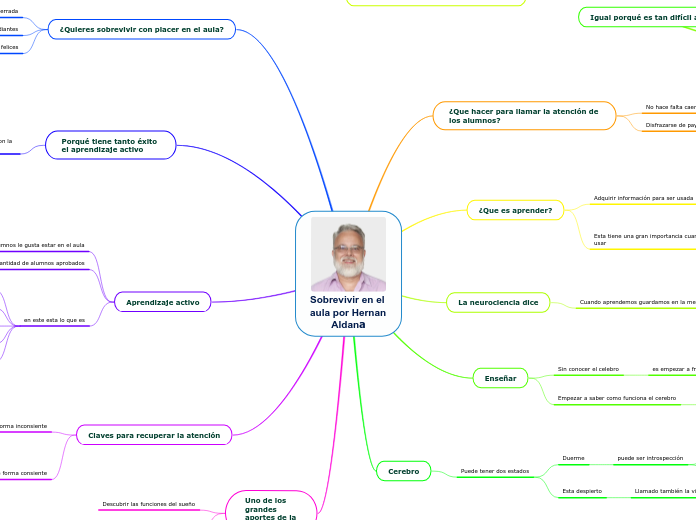Las competencias del
área de Comunicación
In physics, energy is the quantitative property that must be transferred to an object in order to perform work on, or to heat, the object. Energy is a conserved quantity; the law of conservation of energy states that energy can be converted in form, but not created or destroyed
Competencia digital docente y su práctica pedagógica para articular la competencia TIC
Colaborar activamente con todos los actores de la IE JEC (otros docentes, director, coordinador pedagógico, CIST, etc.), en aras de lograr un trabajo interdisciplinar que apunte, a través de proyectos cooperativos, a alcanzar el logro de esta
competencia.
Nuclear energy originates from the splitting of uranium atoms – a process called fission.
This generates heat to produce steam, which is used by a turbine generator to generate electricity. Because nuclear power plants do not burn fuel, they do not produce greenhouse gas emissions.
Write down the advantages and disadvantages of Nuclear Energy.
Ser un mediador de los procesos de aprendizaje de tus estudiantes: motivándolos, retroalimentando y evaluando su aprendizaje.
A wind turbine, or alternatively referred to as a wind energy converter, is a device that converts the wind's kinetic energy into electrical energy.
Wind turbines are manufactured in a wide range of vertical and horizontal axis.
Write down the advantages and disadvantages of Wind turbines.
Seleccionar, curar y crear contenidos motivadores con información pertinente, válida y actualizada.
Solar energy begins with the sun. Solar panels are used to convert light from the sun, which is composed of particles of energy called 'photons', into electricity that can be used to power electrical loads.
Write down the benefits of using solar panels.
Diseñador de experiencias de aprendizaje que permitan articular diferentes competencias y sus capacidades vinculadas a situaciones reales y significativas para el estudiante, en las cuales se desarrolle de forma transversal la competencia TIC.
Es el aprendizaje a través de las TIC.
Hydrogen fuel is a zero-emission fuel burned with oxygen.
It can be used in fuel cells or internal combustion engines.
Name the advantages and disadvantages of Hydrogen fuel.
INTERACTÚA
EN ENTORNOS
VIRTUALES
Consiste en organizar e interpretar las
interacciones con otros para realizar actividades
en conjunto y construir vínculos coherentes según la edad, valores y contexto sociocultural.
PERSONALIZA
ENTORNOS
VIRTUALES
Consiste en adecuar la apariencia y
funcionalidad de los entornos virtuales
de acuerdo a las actividades, valores,
cultura y personalidad.
CREA OBJETOS
VIRTUALES EN
DIVERSOS FORMATOS
Energy storage is the capture of energy produced at one time for use at a later time. A device that stores energy is generally called an accumulator or battery.
Es construir materiales digitales con diversos propósitos. Es el resultado de un proceso de mejoras sucesivas y retroalimentación desde el contexto escolar y en su vida cotidiana.
Flywheel energy storage (FES) works by accelerating a rotor to a very high speed and maintaining the energy in the system as rotational energy.
Write down the main components of a typical flywheel.
GESTIONA
INFORMACIÓN DEL
ENTORNO VIRTUAL
Consiste en organizar y sistematizar la información
del entorno virtual de manera ética y pertinente,
tomando en cuenta sus tipos y niveles, así como
la relevancia para sus actividades.









